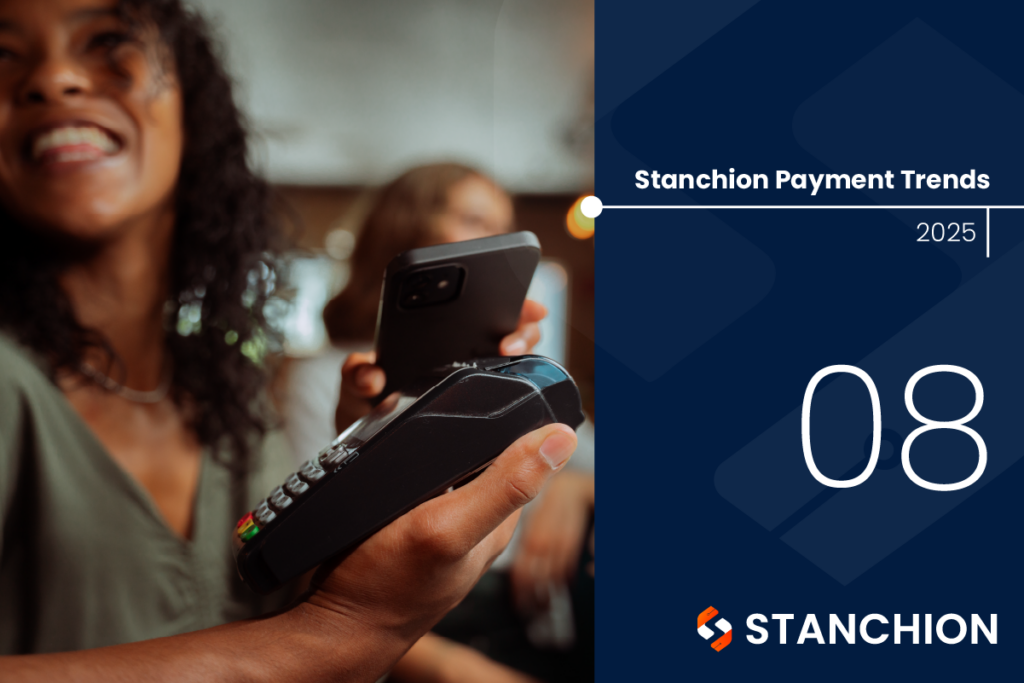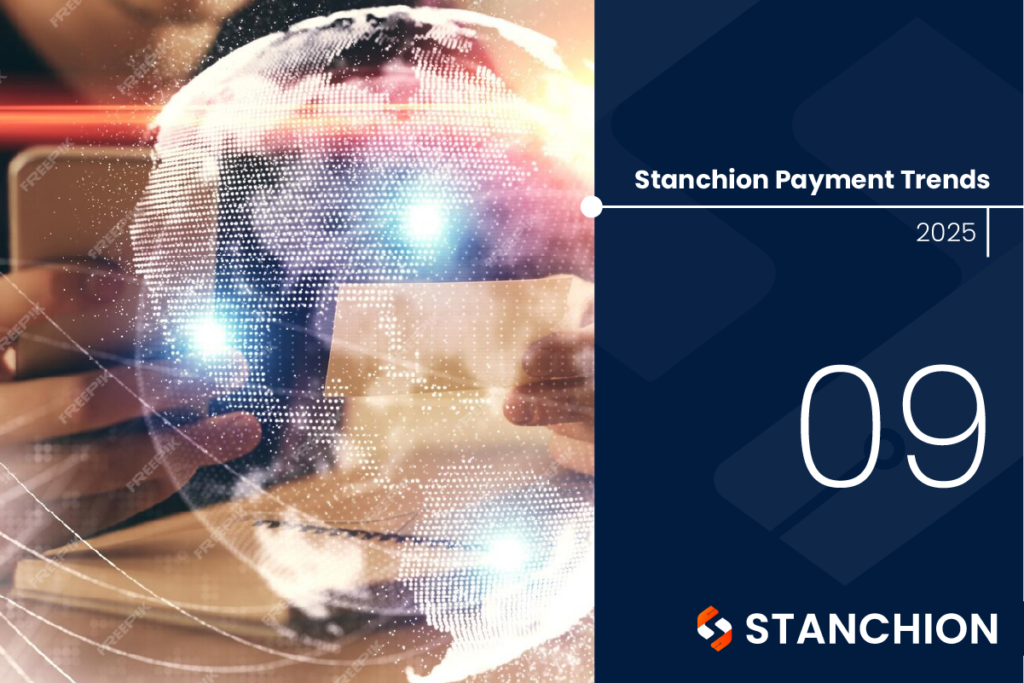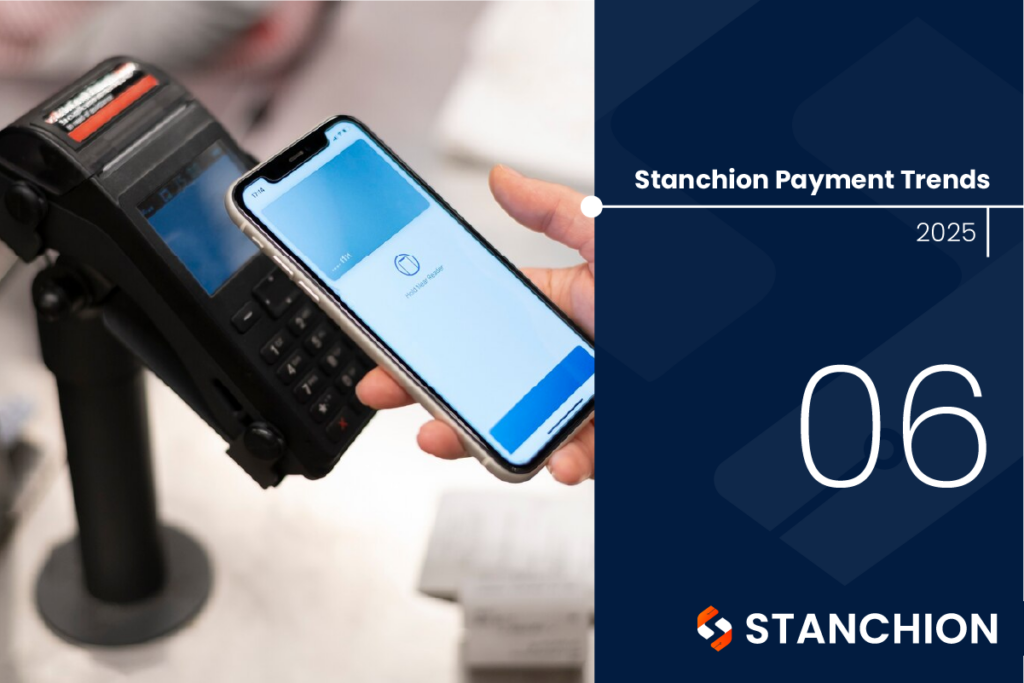
Title of Report: Global Payments Report 2025: Staying out front: How payments are driving differentiation.
Report Link: Top 6 2025 Payment & Commerce Trends | Global Payments
Size of Report: 55 pages Published Dec 2024

Today, commerce and payments move at the speed of data. Every transaction, every offer, every click, every search and every signal to the supply chain transmits multiple strobes of insight, information and direction to every dimension of a business. And all of it is increasingly flowing through or emanating from payment technologies. payment technologies now sit at the red-hot centre of business execution and transformation.
But major markets, both in Europe and Asia, are still experiencing low growth rates. In such an environment, every strategic decision and choice can make the difference for many of the world’s leading businesses.
This year’s trends report outlines six major developments being:
- AI and its early wins (pages 10 – 16) where operational efficiency is essential to AI’s appeal.
o AI will enhance the use of digital wallets creating a new breed of super wallets.
o An obvious area for AI is Fraud detection and prevention with GenAI offering new ways of preventing fraud. - Unified commerce’s impact on the back end (pages 17 – 24) will see O2O (online-to-offline) transformation in social commerce and now ground-breaking live commerce where the retail sector in the most advanced user of such capabilities. This is the hidden infrastructure that shoppers don’t see or experience when they click to buy, making these digital experiences possible. Increasingly, businesses are integrating their back-end operations into unified platforms.
- Embedded payments make the B2B leap (pages 25 – 32) and changes way more than the tech or process flow. “It changes what you buy, who you trust and behaviour.
o By 2030, 75% of global online consumer payments will process through nontraditional financial services providers including digital wallets like Apple Pay and as a growing presence in non-banking platforms, like commerce-linked apps or in-car transactions (such as the use of an electric-vehicle charger).
o Embedded payments create a cycle of simplified payments. One useful feature is the technology’s potential to reduce cart abandonment. Studies show that consumers abandon 70% of carts when they have second thoughts about costs, get frustrated with the checkout process or simply decide to delay the purchase. In our survey, 37% of respondents said they’d offer discounts of more than 10% to reduce cart abandonment. - New tools to drive digital security and fight fraud (pages 33 – 42) an example being Cryptograms which can avoid exchange fees, foreign transaction fees, tariffs and taxes, while ensuring the transactions are completed faster and more securely.
o Tokenization converts sensitive data into unique digital tokens that can be securely and efficiently transmitted across borders using standardized definitions, reducing the need for complex verification processes. At the same time, existing payment systems can deploy tokens, regardless of location or regulatory environment.
o Issuers could create their own payment app or third-party wallets to create NFC-type tap-to-pay technologies using their apps.
o Of European respondents 68% said they would be increasing investments in tap-to-phone/tap-to-pay solutions. - The POS as a place of service (pages 43 – 46) will largely rely on new ways to use tech to use data and create personalised experiences in the flow.
- Payment orchestration matures and blossoms (pages 47 – 50) with benefits, according to 89% of businesses, cite improved operational efficiency, customer experience, accessibility, security and fraud prevention. With the emergence of new AI tools, these outcomes are expected to improve even more.
B2B relationships are being rewritten around payment technologies, AI has been turned onto the problem of fraud detection and identity verification. Advanced tools for payment orchestration are closing the time gap between accounts payable and accounts receivable.
If you enjoyed the content and approach we have taken, here are 4 suggestions of how to engage for more:
- Follow our Stanchion LinkedIn Page and join our engaged community.
- Request a call with our author and Chief Growth Officer, Norman Frankel
- View our On-demand Webinar series on Payment Fabric and the research IDC did here, additionally we can send you two reports that summarise the output of the research IDC did covering 150 banks.
- Drop us an email at engage@stanchionpayments.com with your thoughts, we would love to hear from you.
We wish you a successful 2025 delivering on your business priorities, remaining customer relevant, agile in your project change and avoid fraud from the rapidly growth in financial crime as instant real-time payments, QR code-initiated payment adoption and use of ever advancing AI tools continue to accelerate.


 Verto
Verto Switchcare
Switchcare Professional Services
Professional Services

